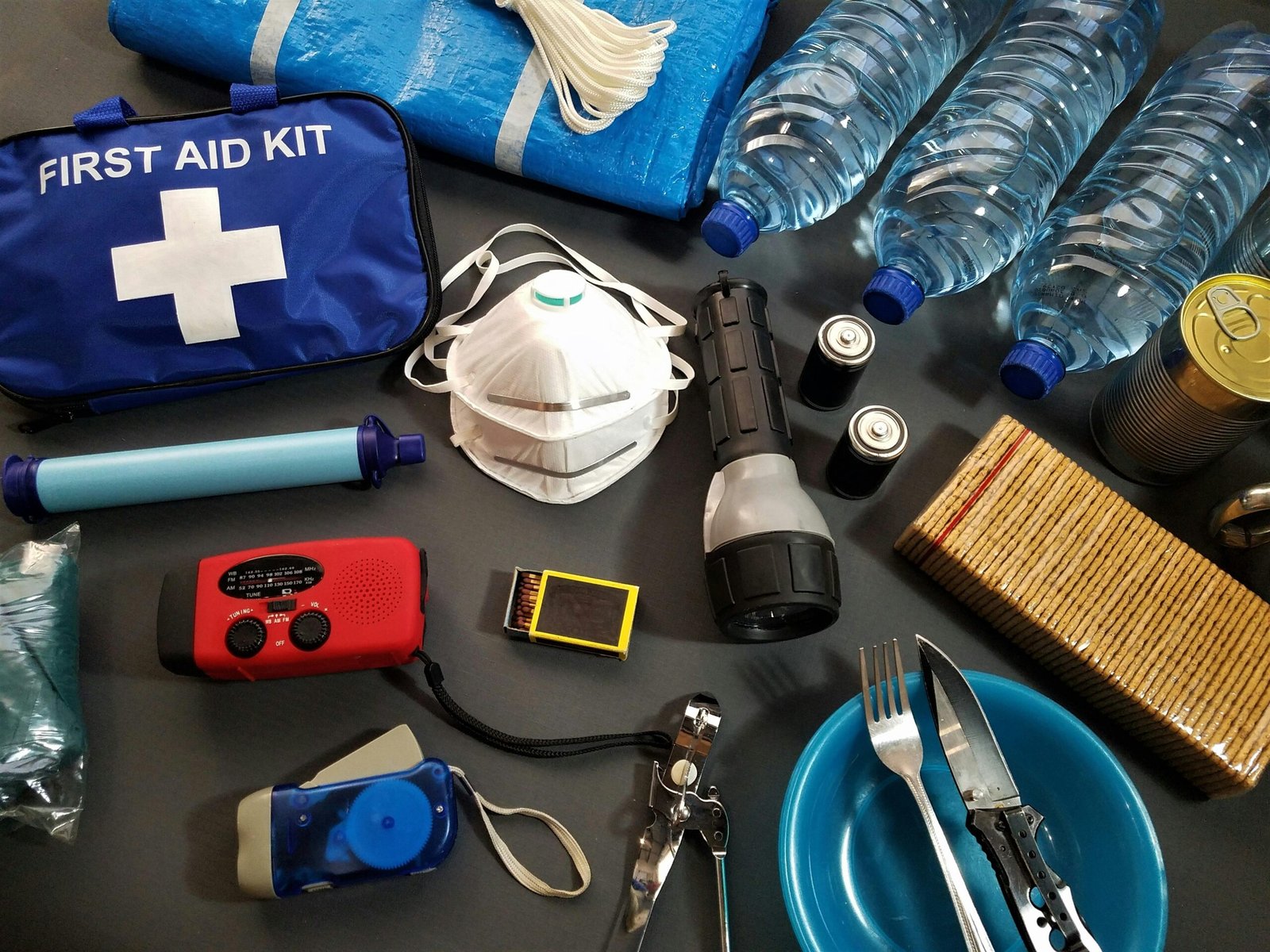Emergencies don’t give warnings—being prepared can literally save lives. Whether you’re facing a minor scrape on the trail or a critical situation at home, a well-organized first aid survival kit gives you the confidence to act fast and effectively.
This guide walks you through building and maintaining tiered first aid kits—mini, backpack, and comprehensive—and offers smart ways to stay stocked and ready. Plus, if you’d rather skip building from scratch, there are high-quality, ready-made options to explore.
Building a Tiered Survival Kit System
You need different kits for different situations:
- Mini Kit – Slim enough for everyday carrying; ideal for small cuts or headaches.
- Backpack Kit – A bit larger, great for hiking or travel.
- Comprehensive Kit – Full-featured and ready for serious emergencies at home or in vehicles.
How to Build Your Kits
- Define your needs — Solo adventurer? Family? Use this to choose kit size and inventory.
- Choose reliable supplies — Think 3M Tegaderm dressings, Curad alcohol wipes, trauma shears, tourniquets.
- Organize smartly — Use labeled Ziploc bags or pouches (e.g., wound care, medications, tools).
- Pick the right container — Coin purse for mini, zip pouch for backpack, EMS-style bag for comprehensive.
- Review often — Check expiration dates and restock quickly.
Tip: For a high-quality shortcut, consider My Patriot Supply’s MyFAK First Aid Kit (111 pieces). It’s compact, HSA/FSA-approved, and includes essential items like Super Wash saline, instant cold packs, gloves, a space blanket, a penlight, and a small wound closure kit—packaged in a rugged CORDURA nylon pouch with MOLLE straps.
What to Include in Each Kit
Core Essentials Across All Kits:
- Bandages, gauze, medical tape, antiseptic wipes, antibiotic ointment
- Scissors, tweezers, trauma shears
- OTC meds: pain relievers, antihistamines, electrolytes
- Gloves, CPR mask, thermal blanket, flashlight, whistle
Extra for the Comprehensive Kit:
- Hemostatic agents, splints, burn dressings
- Organized compartments for quick access
Effort-saving option: The My Medic Recon First Aid Kit (204 pieces)—offered via My Patriot Supply—is designed by Special Forces medics. It treats everyday and traumatic injuries, features modular organization, CORDURA durability, and includes irrigators, cold packs, space blankets, and more.
Maintaining Your First Aid Kit
A kit is only useful if it’s functional. Here’s how to keep it in working order:
- Inspect every 6–12 months — Check dates, seals, pack condition.
- Restock right away — Even small-used items like wipes.
- Test critical tools — Make sure your tourniquets, tools, and flashlights work.
- Store wisely — Cool, dry, and accessible.
- Practice using it — Know how to apply dressings and tourniquets before a crisis hits.
Organizational hack: Ready-made kits like MyFAK and Recon are pre-organized to simplify maintenance and make global inventory much easier.
Final Thoughts
Preparation isn’t panic—it’s control. You can assemble your own tiered kits piece by piece, or save time with dependable, pre-assembled kits like MyFAK or Recon from My Patriot Supply.
Your kit, whether custom-built or professionally packaged, becomes a lifesaving tool when it’s stocked, organized, and well-maintained.
FAQs: First Aid Survival Kits
What basic items should every kit include?
Bandages, gauze, tape, antiseptic, scissors, OTC meds, gloves, emergency blanket.
How should I organize supply tiers?
Mini for everyday, backpack for travel, comprehensive for home/vehicle.
What makes a pro-grade kit different?
Hospital-grade supplies, waterproof packaging, labeling, and trauma gear like hemostats and tourniquets.
How often should I restock?
Inspect every six months; restock immediately after use.
Difference between basic and comprehensive kits?
Basic: ~100–150 items; Comprehensive: 250+ with trauma tools.
Where’s the best place to store a kit?
Cool, dry, out of direct sun. Keep mini kits accessible, comprehensive kits in secure but reachable locations.
What essentials go in a vehicle kit?
Tourniquets, pressure dressings, thermal blanket, flashlight, wound care materials.
How much should one spend?
$50–200 for quality kits. The MyFAK at ~$165 and Recon at ~$230 fall in this range and offer excellent value for serious preparedness.

